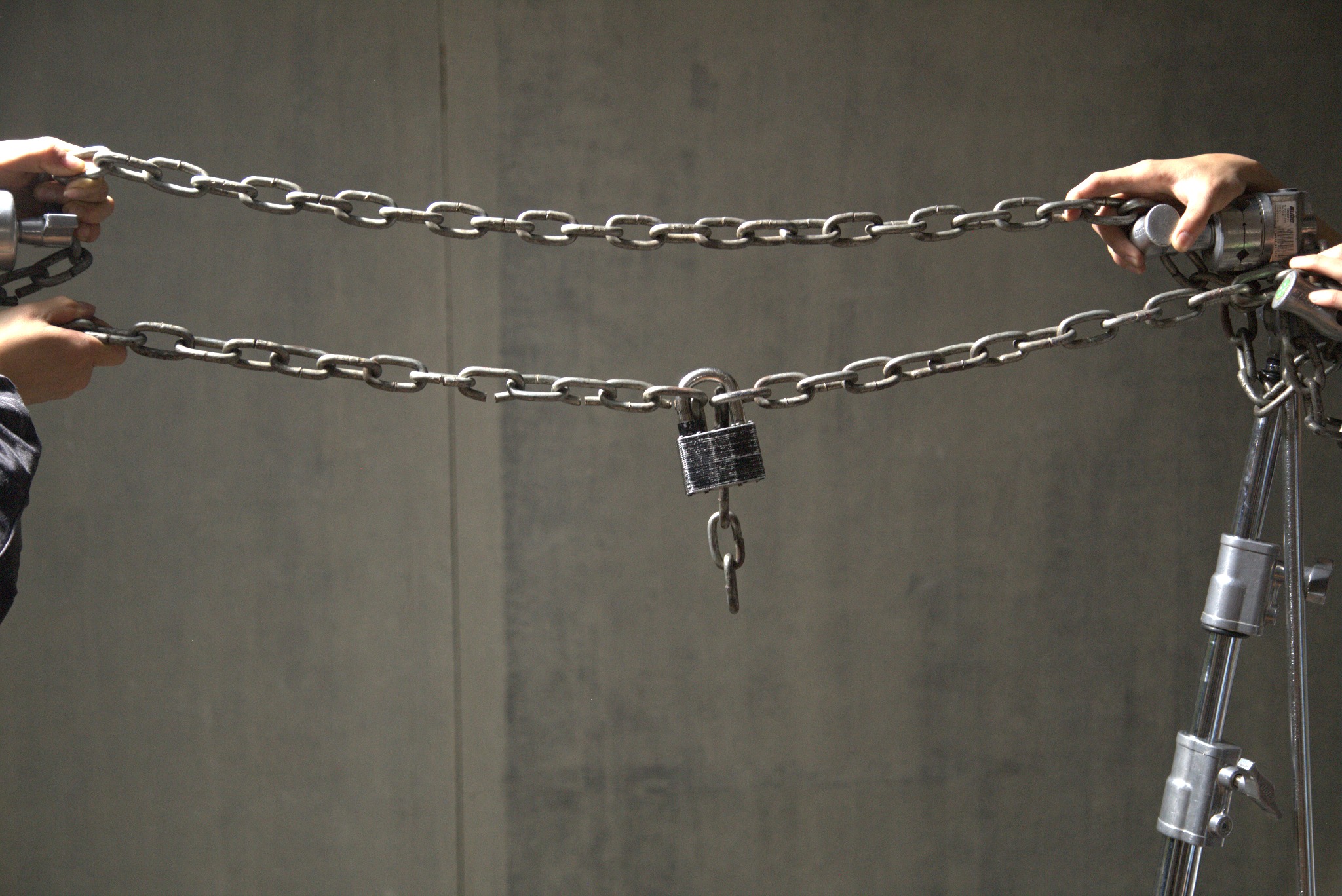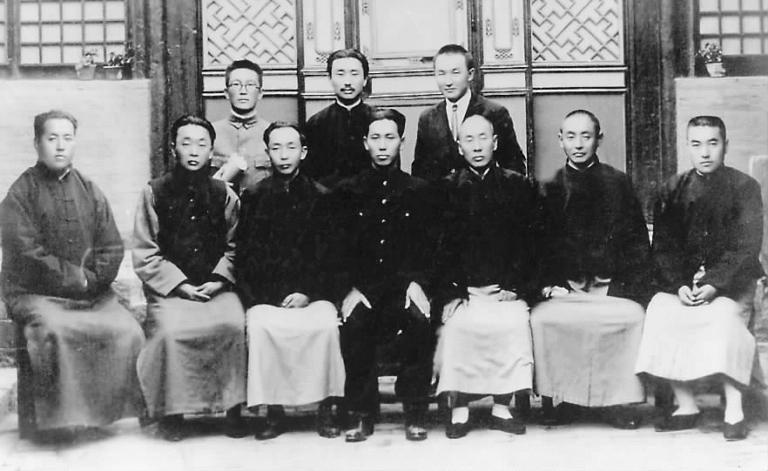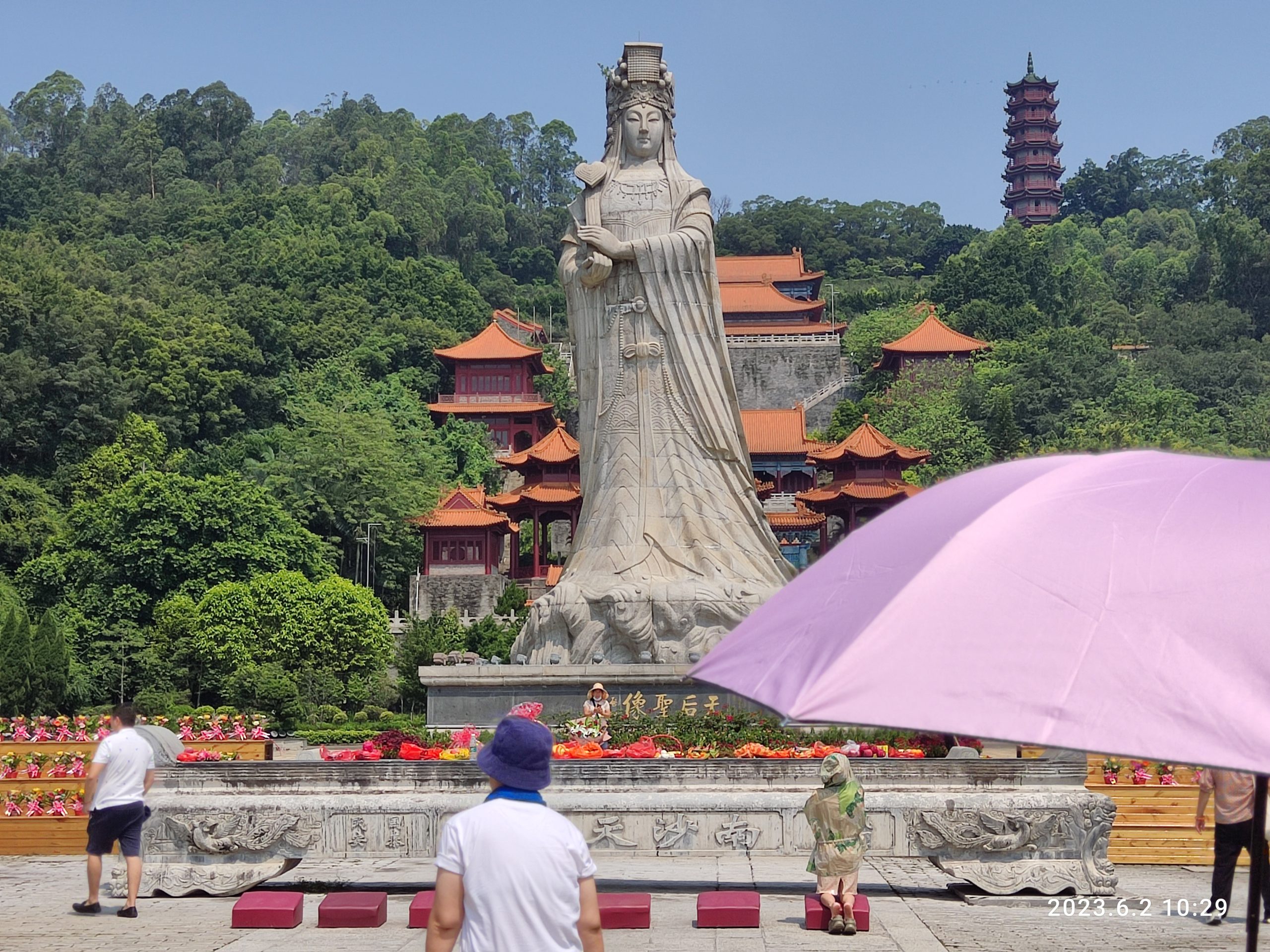The CCP continues its campaign to obliterate outdoor Buddhist statues across China, coming up with a myriad of trumped-up reasons to demolish or conceal them.
by Lin Yijiang
Bodhisattvas in captivity
A nearly-10-meter-tall thousand-hand Guanyin statue stands outside Baimiaozi Temple in Qingyi town, under the jurisdiction of Mianyang city in the southwestern province of Sichuan. In July, the local government ordered the temple’s person in charge to conceal the statue because “it was an eyesore due to its height,” threatening to demolish it otherwise. The work ended up costing the temple more than 120,000 RMB (about $ 17,000).

In the southeastern province of Jiangxi, a Yunfeng Temple’s 12-meter-tall outdoor Guanyin statue in Pingxiang city was enclosed in a specially-built pavilion on orders from the provincial inspection team in August. The construction cost was higher than the statue itself – over 700,000 RMB (about $ 98,000).

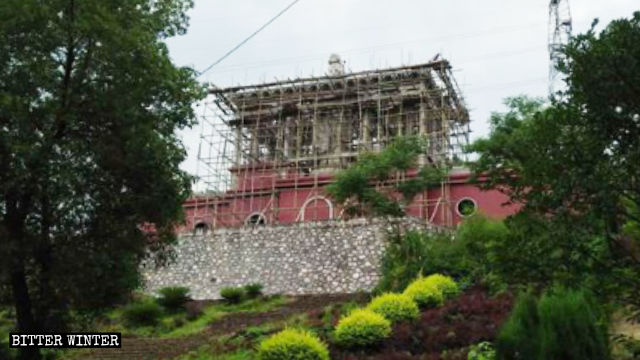
508 Arhat statues smashed into pieces
In November, 508 Arhat statues in Longshan Buddhist Realm Scenic Spot in Dongyang city in the eastern province of Zhejiang were ordered to be demolished. Created and installed with the funding from an individual donor, the icons were turned into ruins because the authorities decided that they “had no educational meaning” – a new addition to a long list of ridiculous reasons the Chinese government comes up with during its war against outdoor Buddhists icons, next to “obstructing the view for pilots” or “being too tall.”
A source revealed that during the demolition that lasted one week, the entire scenic spot was taped off on orders by local officials, prohibiting visitors from entering.
Over 500 Arhat statues have been destroyed for having “no educational meaning.”
Ancient temple loses over 50 statues
In May, local government officials, claiming that “the state does not allow outdoor Buddhist statues,” ordered to demolish more than 50 statues surrounding a Buddhist temple, built in the Tang Dynasty (618 – 907), in Xinzhou city in the northern province of Shanxi.
According to an inside source, all the icons were no more than 5-meters-tall, and most of them were enclosed in pavilions, so technically, they could not be treated as outdoor statues. The order was nevertheless enforced since local officials were afraid to be reprimanded by the higher-ups or even lose their posts.

Disappearing statues of Guanyin
In Shanxi’s Datong city, the person in charge of a Buddhist temple was pressured by local officials in early June to either destroy a 13-meter-tall Guanyin statue next to the place of worship or have the entire temple destroyed.

In August, an outdoor Buddhist statue, less than 10 meters tall, in Fuquan Temple in Wuan city in the northern province of Hebei, was forcibly demolished after a local official in charge was threatened to be dismissed if the statue were not destroyed.

“I was tormented to the brink of mental disorder during those few days. With no other choice, I had to obey the Party and demolish the statue,” the official said helplessly.
Bitter Winter reported in August about the Guanyin statue in Puzhao Temple in Shan county in the eastern province of Shandong, which was covered to save it from demolition. A month later, however, the icon was gone after a crane was dispatched to tear it down on orders by the local government.

“No one could stop the demolition. There were so many officials, including from the county’s Religious Affairs Bureau, and police officers. Anyone who tried to reason with them risked being arrested,” a Buddhist in her eighties remembered with anger.
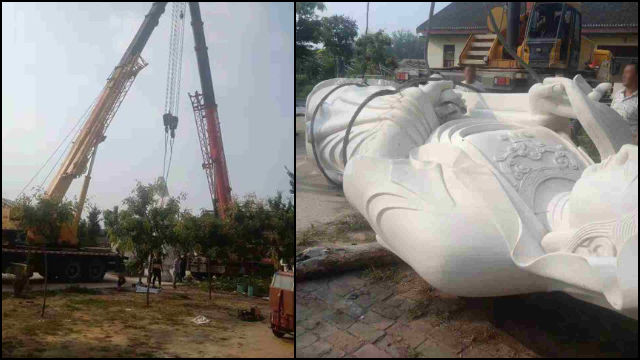
Source: Bitter Winter





